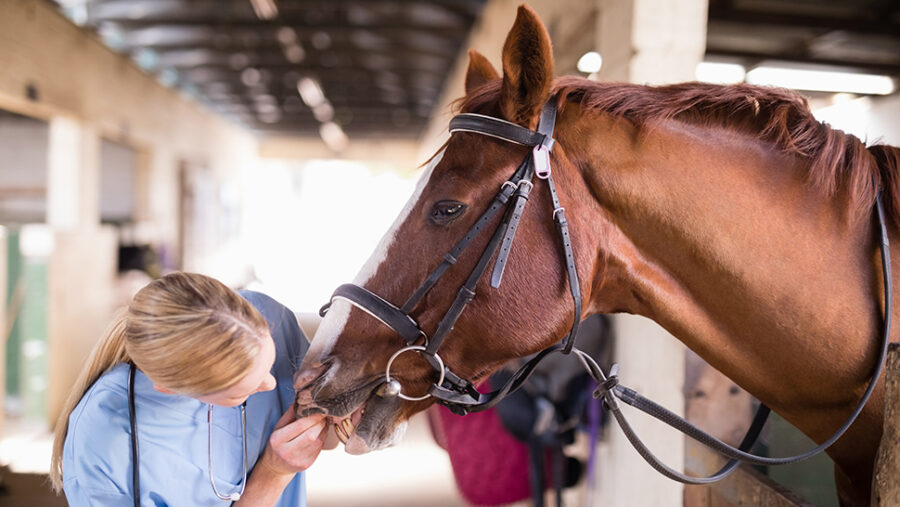

Have you ever had an idea for something that doesn’t exist yet? If so, then you have the potential to begin the journey in taking your idea from invention to a product on the market.
We have all at some point come up with a concept for a new product but very few of us will ever embark on the journey to take an idea and turn it into reality. However, for those of you who plan to see your idea through to completion we have written a short guide on the intellectual property protection available at each step of the process.
Imagination and ideas: the copyright stage
Imagination is needed for new ideas. It starts with a thought of something that no one else has had before and writing it down; but how would you stop someone else from claiming the idea as their own?
Once a creative, original idea has been put in writing it can be protected by copyright, which will protect your ideas in written form for the length of your lifetime plus an additional 70 years.
Creativity and invention: the patenting stage
Creativity is needed to expand on your idea and turn it into an invention. In its simplest form, this is putting pen to paper to explain your idea – such as how it works – in greater detail.
If your idea is new and inventive it can be protected by a patent which will protect your invention for up to 20 years.
Innovation and prototype: the design stag
Innovation is needed to turn your invention from an idea into a prototype that works in the real world the same as it does on paper. Once a prototype works, its aesthetic appearance can be protected by a design which will protect your product for up to 25 years.
Entrepreneurship and product: the trade mark stage
Entrepreneurship is needed to turn your invention from a prototype into a product for the market. Once a product is on the market it can be protected by a trade mark. A trade mark can protect your product for as long as it is available for sale.
A real-world example
To demonstrate a successful journey from the drawing board to a working prototype we interviewed Cindy Cowling, founder of Fortress Feet Ltd, who undertook the innovation journey with the invention of her groundbreaking boot for horses.
With an extensive background in the breeding and care of sport horses Cindy, like most equestrians, had to routinely tackle the dangers of hoof lameness during her career.
Using her knowledge of the industry she deduced that the use of steel alloy as a shoe was having a detrimental effect on the horse’s welfare, and was possibly impacting the hoof’s natural ability to absorb shock, pump blood and assist with the horse’s proprioception.
Realising that a solution was needed, Cindy tapped into her knowledge of material science, design and equine biology to formulate the initial designs for her innovation.
Producing the prototype
The next step in her invention’s journey was to produce a working prototype to demonstrate its real-world capability. By utilising 2D and 3D motion capture, gait analysis software and extensive data collection, Cindy was able to produce a functioning prototype of her idea.
Discussing her prototype design Cindy said “I have a prototype which has been cited in the industry as having great potential for sport horse welfare, in terms of reducing impact, vibration, loading and associated injury and pathology.
“By observing natural structures and carrying out extensive investigations on both structural and functional materials I have been able to adopt a new approach when designing the prototype.”
When asked what advice she would give to pioneering innovators she said “Do your homework! That said, everything is designed, from door handles to aeroplanes; ask yourself if it could be done better. There is so much potential to not only improve the lives of people, but animals, nature and the planet. It’s exciting, the list of possibilities is endless!”.
If you have an idea that you would like to see carried to fruition then early legal advice is recommended to ensure that your product is protected.










